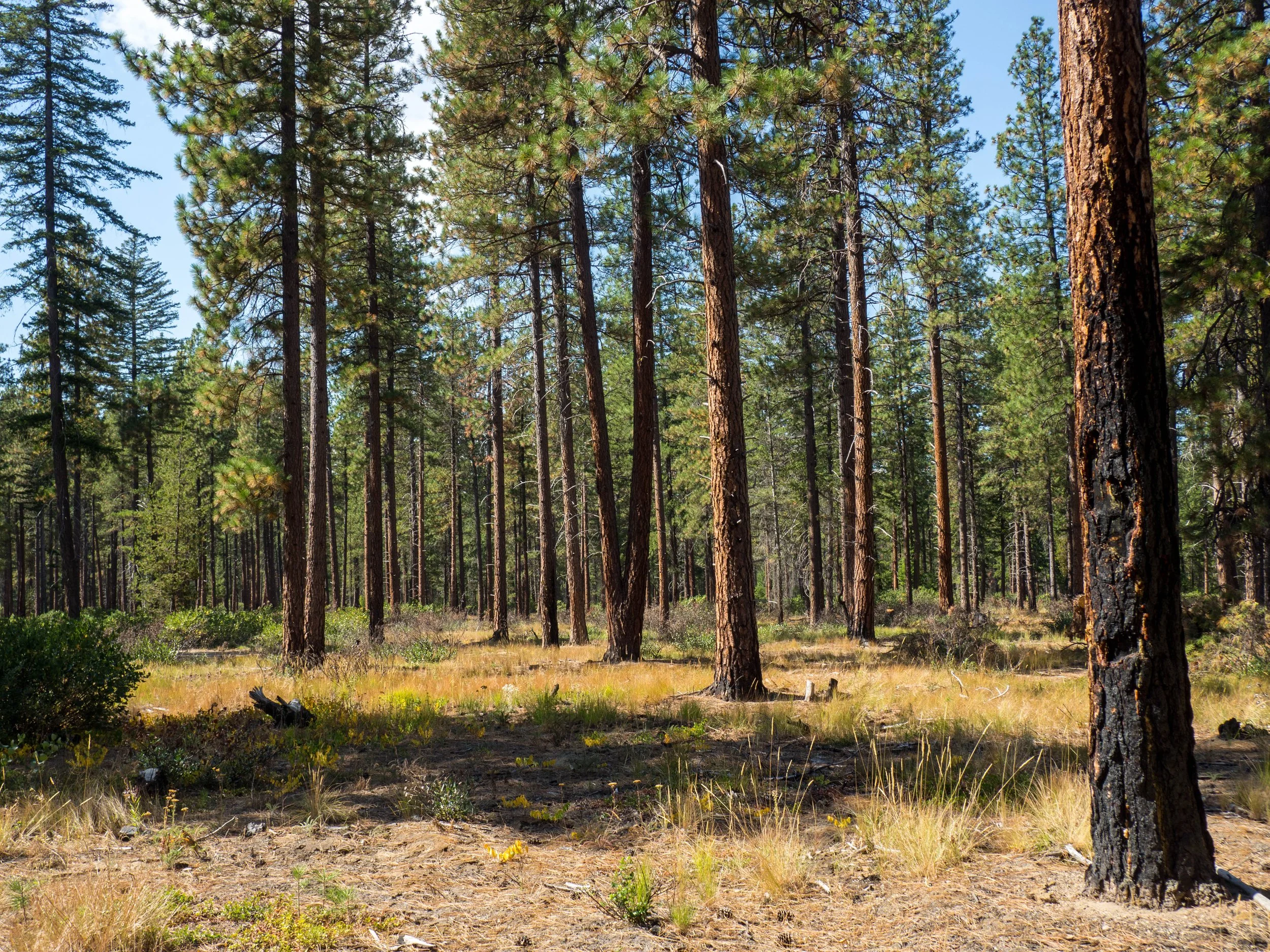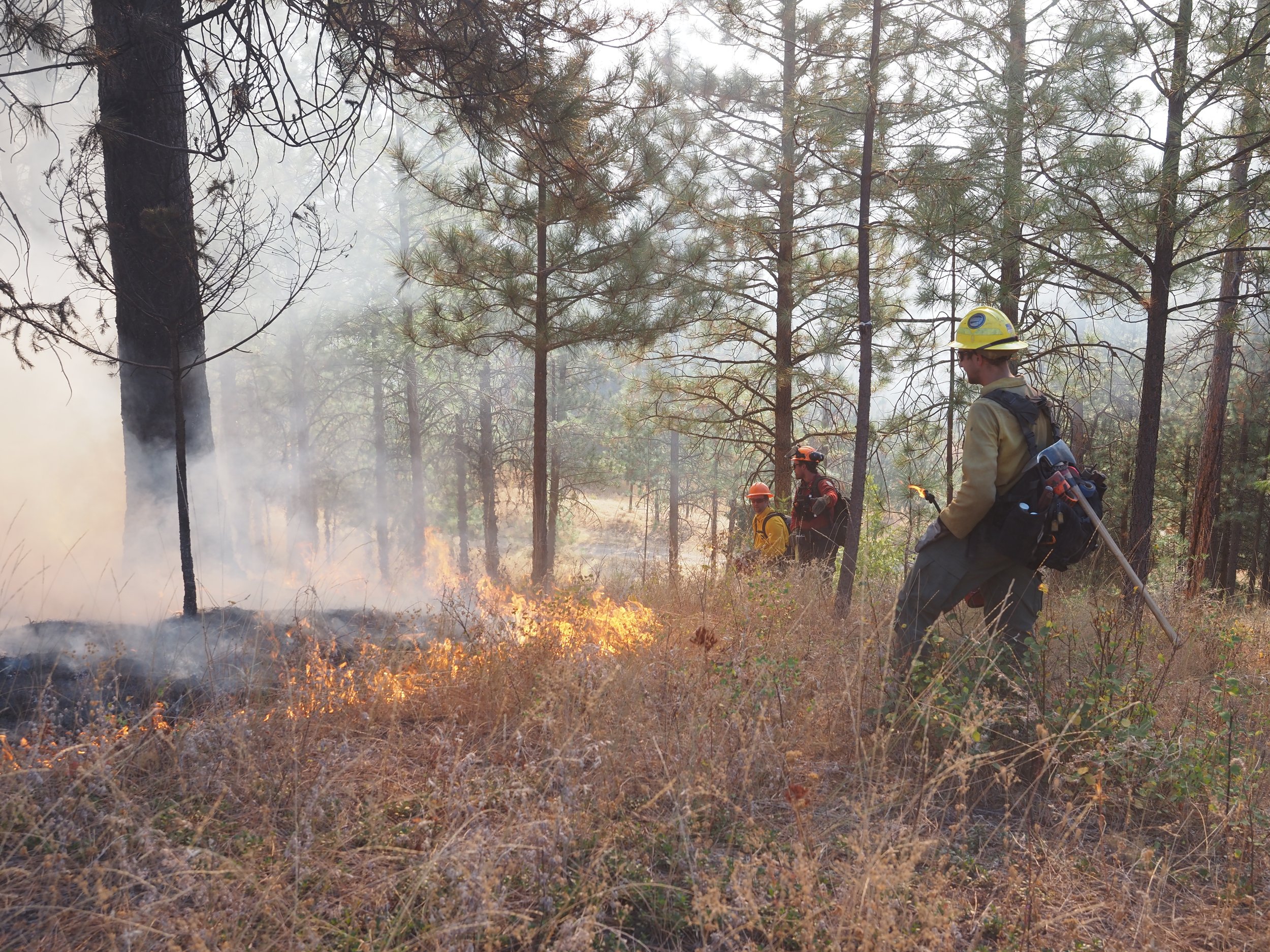Visit These Sites For Even More Resources:
Not sure where to start, or need more context? These seven case studies from landscapes throughout the West lay the groundwork for engaging communities in prescribed fire and smoke.
Visit These Sites For Even More Resources:
Not sure where to start, or need more context? These seven case studies from landscapes throughout the West lay the groundwork for engaging communities in prescribed fire and smoke.
Federal, state, and tribal agencies, non-profits, and other local partners are planning a prescribed fire training in northeast Washington this fall. The Selkirk Prescribed Fire Training Exchange (TREX) will take place the first two weeks of October from the 2nd to the 13th.
This training offers essential training and education for prescribed fire practitioners at a time when we need to expand the workforce in Washington and increase the use of prescribed fire on our lands. Training participants practice skills, get hands-on training with equipment, and get experience implementing prescribed burns.
Why Prescribed Fire?
The forests and grasslands in northeast Washington evolved with fire. People have been shaping these lands since time immemorial and continue to use beneficial fire today. Fire is a vital, necessary component of these healthy forests. Periodic, low-intensity fires remove dead and downed brush and vegetation near the forest floor, returning important nutrients to the soil, revitalizing plant growth, and improving habitat. This type of fire creates healthy forests and reduces the risk from future wildfires, helping to keep our communities safe.
Smoke
You may see smoke in the air during the training. That’s an important sign that good training and forest restoration are at work. You are also very likely to see smoke in the air from other prescribed burns before and after the training. Prescribed fire smoke is generally of short duration, and less intense than wildfire smoke.
Stay updated on current and forecasted air quality
There are steps you can take to protect yourselves and others. Learn more at the Smoke from Fires webpage.
Press Materials
Stay Connected

Burn Locations
Note: Other burns will be occurring throughout northeast Washington this fall.
Rustler’s Gulch Wildlife Area, 10 miles NE of Deer Park
Colville National Forest (Prescribed Fire Activity Map)
Little Pend Oreille National Wildlife Refuge and Turnbull National Wildlife Refuge
Kalispel Tribe of Indians Reservation
Private lands, 4 miles N of Chewelah
Private lands, 4 miles SE of Chewelah
Private lands, near E of Loon Lake

